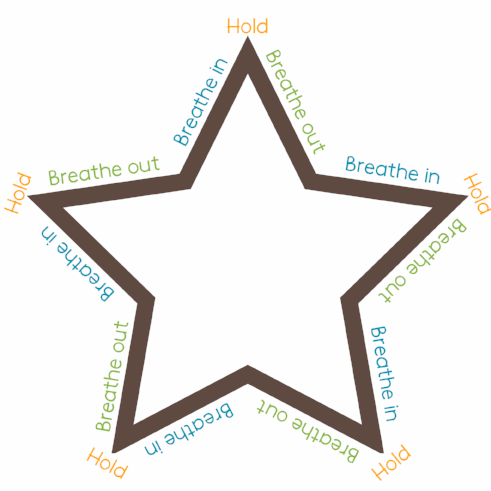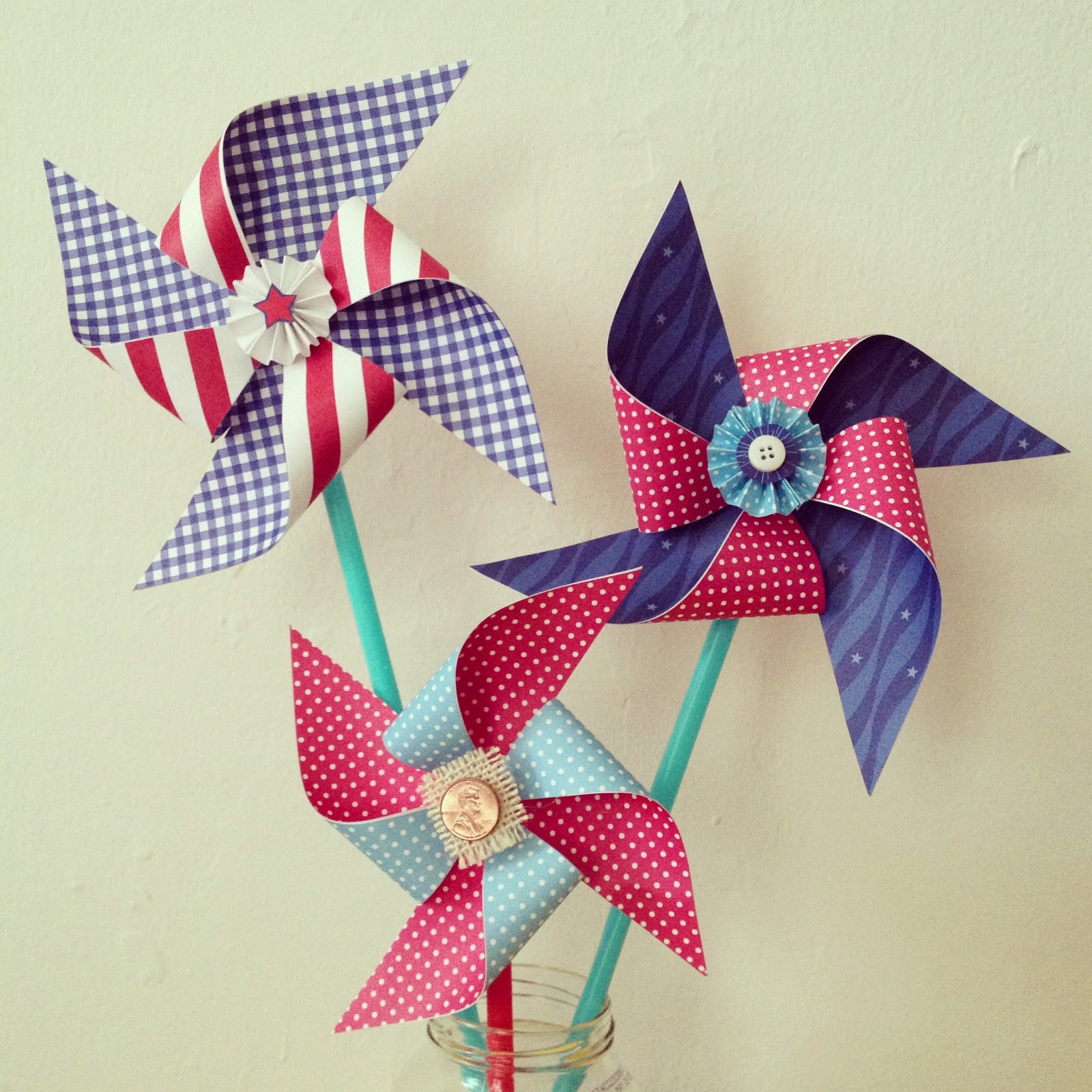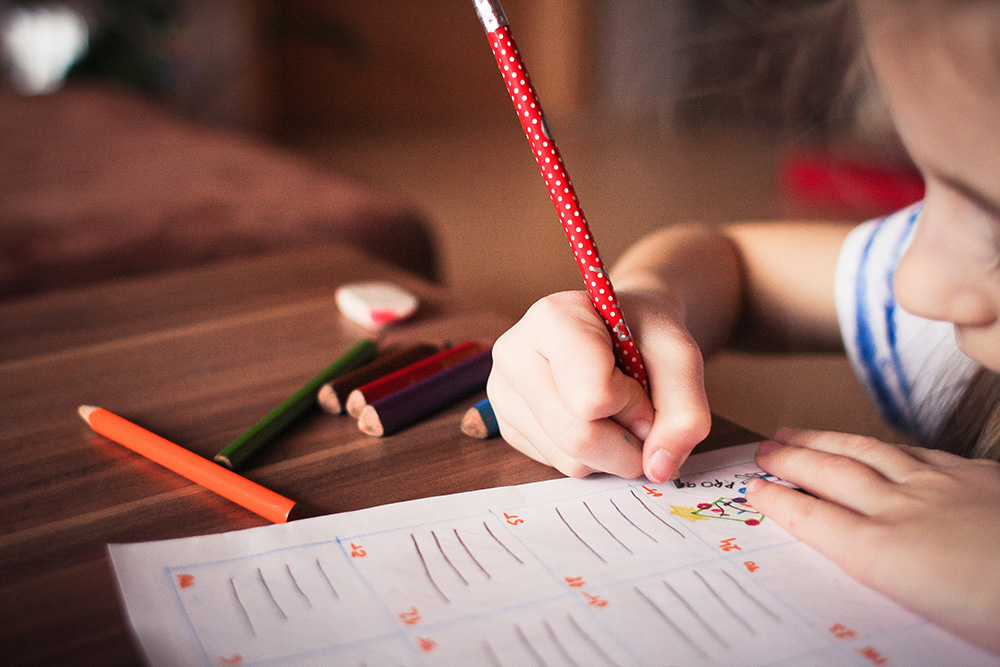As part of our Grow workshop, we have been looking at positive ways for children to manage their emotions and have encouraged them to reflect on strategies that they would find helpful when they feel angry, sad or worried. This page will explain some of the strategies used, as well as other examples that may work better at home. Many parents will already be familiar with a lot of these strategies, but it is important to have these conversations with children and allow them find ways to understand and manage their own emotions.
Breathing techniques: Breathing techniques can be useful for anxiety or for anger
- A simple breathing technique is using a finger to slowly outline your other hand. Breathing in as you move up your thumb and out as you move back down, and continuing as you move up and down each finger.
- This can also be done by printing out different shapes and encouraging children to trace the shapes with their finger, breathing in as they move along one line and out as they move along the other.
- Bubbles require deep breaths so blowing bubbles can be a great way to slow children’s breathing and encourage them to take deep breaths. A pin wheel or a feather can have the same effect. Anything that encourages them to think about their breathing and take deep, slower breaths.

Anger: when we are angry we build up tension and energy, so these strategies are just a few ways to help children release that energy in a positive way
- Squeezing a cushion can be a good way to release built up tension in children’s muscles when they feel angry
- Having a sheet with footprints on that they can stamp on when they are really angry can work as an alternative to hitting things or breaking things when they are angry.
- Running around, kicking a football or jumping on a trampoline can be a great way of releasing pent up energy.
- Squeezing putty
- Children may want time out to allow themselves to calm down. Listening to music may also be a helpful way to help some children to feel calm.

Worry:
- Holding sensory objects like fidget toys, putty, stress balls, beads or pebbles can help to distract and feel calm
- Glitter jars can help to make children feel calm and work well with breathing tachniques. You can even make glitter jars at home to use!
- Drawing and colouring can be a great way to help a worried child to feel calm. Some children may even find they are able to express what they are feeling by drawing rather than talking.
- Providing children with a template for a feeling letter can help them to express and understand what they are feeling and what might help.

Sadness:
- A teddy or blanket may be comforting to many children.
- Drawing and colouring can also help to comfort children or allow them to process thier emotions. Again, some children may even find they are able to express what they are feeling by drawing.
- Providing children with a template for a feeling letter can help them to express and understand what they are feeling and what might help.
- Encourage children to reflect on things that they are grateful for, or to read back over things they have written previously. This can help to change their perspective on a situation or make them feel more hopeful. This can be done through drawing or writing -
Thankfulness Sheet 1 Thankfulness Sheet 2
Never miss a Phase blog post - subscribe here





